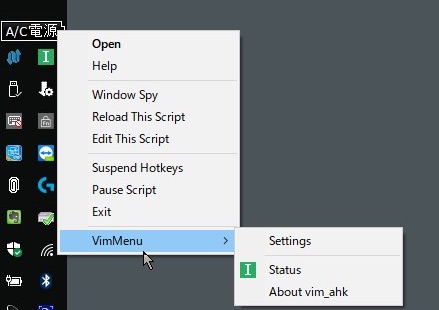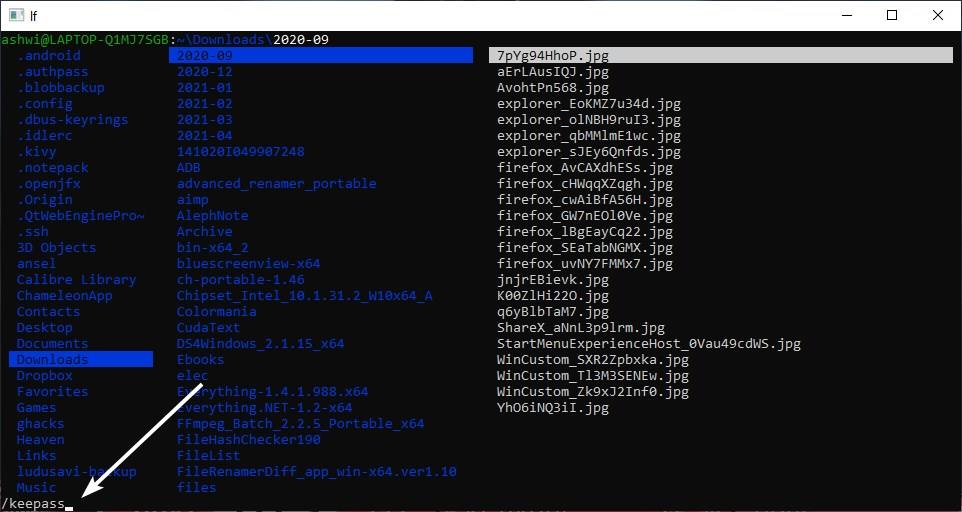
Prefix the G command with a number to jump directly to a specific line number. The Page Down variant of the above command. The H M L Vim commands come in handy whenever you want to get to an approximate portion of your console screen. The capital L puts the cursor at the end of the screen. It will put the cursor in the middle of your Vim screen. This command takes the cursor at the topmost region of your screen. Mastering these passive Vim commands for navigation will enhance your productivity much faster. So, for going down ten lines, instead of holding the key for a prolonged period of time, just type 10j. Prefix them with a number to get the most out of these Vim commands. The h j k l keys help you move across the screen much faster than the standard arrow keys. The j command takes you to downward and is a substitute for the down arrow key. Use the lowercase k command to move upwards.

The l commands help you navigate to the right and is a substitute for the right arrow key. This is analogous to the left arrow of your keyboard. Use the h command to navigate to the left side of your Vim console. Below are some of the most useful Vim commands for faster navigation. Vim features and supports numerous convenient Vim commands to make your life in front of the terminal blazing fast. One of the foremost reasons behind Vim’s ultra-fast user experience is its fast movement features. Vim Commands for Moving Around The Console Entering q! in the command mode lets you do exactly so. You’ll often find yourself in a position where you’re not satisfied with the texts you have typed and would like to close the editor without saving your content.

Enter the wq command in the command mode to save your file and exit Vim. Typing in long strings of text doesn’t matter if you can’t save them for future usage. One of my most favorite Vim commands, gi restarts the insert mode in the last insert point you used. You can use this handy little command to open your files under the cursor. The uppercase variant creates the new line before the current line. Pressing the lowercase o creates a new line just after the current line you’re in. It also falls under those Vim commands used for inserting text. This is one of my favorite Vim commands to append text at the end of my current line. Want to place your texts at the beginning of the current line? The l command lets you insert text right at your desired location. The texts will be appended right after the cursor. It’s among another commonly used Vim commands you can use to insert text. The text you type will appear in front of the cursor key.

Now you can start typing your texts inside Vim. Pressing i in the console gets you to the insert mode. You can use the ESC key to switch back to the command mode after finishing typing. The insert mode, on the other hand, as implied, lets users insert text into Vim’s console. The command mode lets you navigate the screen, delete and copy text, among many others. When you open Vim for the first time, you’re in the command mode. Vim features two distinct modes, a command mode and an insert mode. Linux Command Cheat Sheet for Exploring the Vim Modesīefore delving directly into the commands this guide is meant for, we want to draw your attention to Vim modes. This guide will enhance the Vim experience of new users and prove to be a valuable reference to more mature users.

As we’re aiming mainly at beginner Vim users, don’t get daunted all you seasoned Vim masters. Vim Commands That Will Turn You into A Vim Guruīelow, we’re presenting the 100 most useful Vim commands that will come in handy during your time with Vim.


 0 kommentar(er)
0 kommentar(er)
